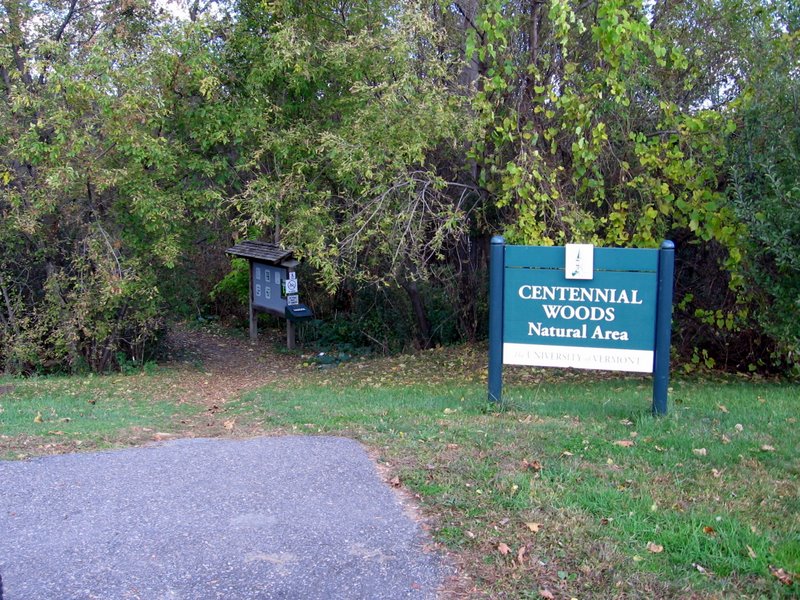Welcome! As the semester comes to an end, it’s time to reflect on the knowledge I’ve gained on my phenology spots. My phenology spots were in Centennial Woods, so today I’m going to be going over what I’ve learned about Centennial Woods.
Centennial Woods formed when an ice sheet carved out its topography and left glacial till behind. Before the University of Vermont began to manage it, the woods were used by the Abenaki, the indigenous people of Vermont. Since then, Centennial Woods has come under the management of the University of Vermont. Many students at UVM use Centennial Woods as a means to study nature, myself included, and professors include Centennial Woods in their teachings. The university implemented new rules to conserve the woodland area after gaining management. The woods were previously used as dumping grounds for the school of medicine/ hospital. Human remains would often be disposed of in the area. In addition to this, some parts of the woods were used for ROTC training. There are many places in Centennial Woods where humans’ presence can be detected. While following the main path, you can find a stone wall, barbed wire, and powerlines. Many times while hiking through Centennial Woods, I would find other evidence, such as litter and hiking gear that’s been left behind. These aren’t the only new changes to the woods. The presence of Norway Maple and Sugar Maple trees is relatively new and shows us the changes in Centennial Woods’ land usage. Both of these trees have a lifespan of about a hundred years, which is pretty short.
I hope to be able to learn more about Centennial Woods and other natural areas in Vermont during the rest of my time as a student at UVM. I’ve enjoyed both NR001 and this semester in general, and can’t wait until the spring semester. Parting is such sweet sorrow. See you soon!
